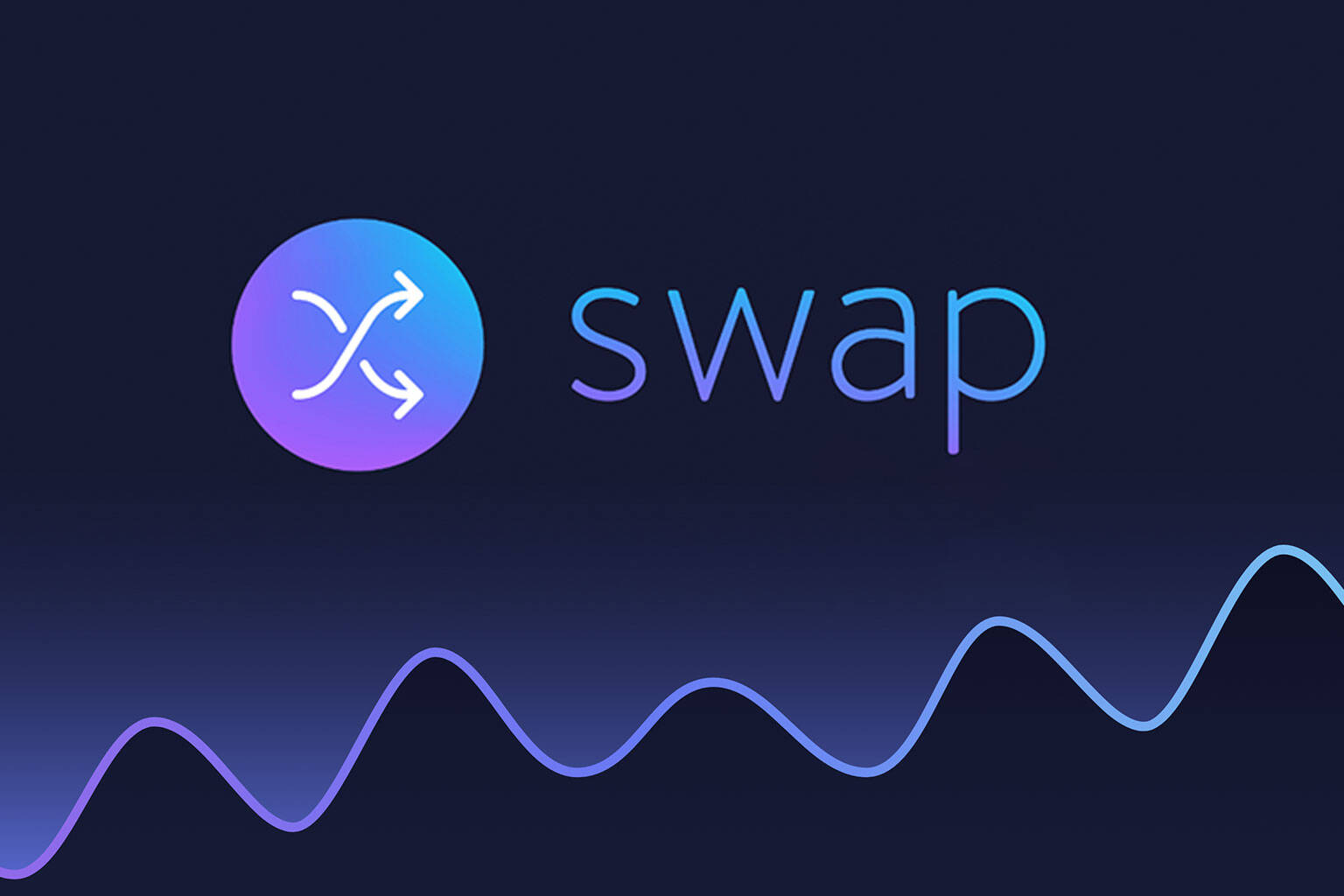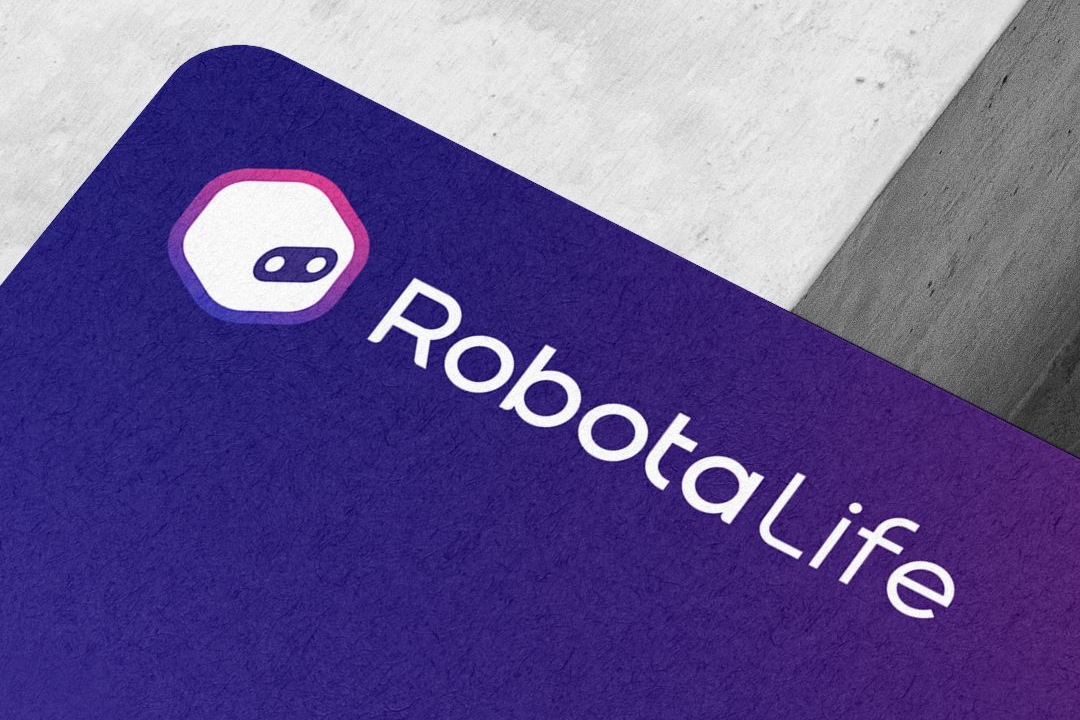To get started with MetaMask, download it on Chrome, Firefox, iOS, or Android, depending on your device. We’ll focus on the Chrome version for this tutorial, but the process is similar across all platforms.
To begin, visit the MetaMask Download page. Choose your platform and follow the installation steps. It’s easy!
After you have installed MetaMask, follow the setup instructions. Click “Create a Wallet.” Make sure to write down the backup seed phrase securely, away from internet-connected devices. If you lose access to your device, this phrase is the only way to recover your funds. Confirm that you’ve recorded the phrase on the next page.
And that’s all! Your MetaMask wallet is ready to use, and you can start sending and receiving funds.
Configurations of the wallet
You’ll immediately notice that we’re still using an Ethereum wallet, which might not be compatible with BSC DApps. Moreover, you could lose your funds by sending them to inaccessible addresses if you’re not careful. To avoid this, we need to take action. We’ll go to Settings and redirect the wallet toward the BNB Smart Chain nodes. This way, we’ll be able to take advantage of the opportunities provided by BSC DApps.
On the Settings page, we want to locate the Networks menu.
To manually add the BNB Smart Chain, click “Add Network” in the top-right corner of MetaMask. It’s not pre-packaged with the app. Remember that we have two options here – the testnet or the mainnet.
For the mainnet, which is likely what you’re searching for, the parameters to fill in are as follows:
Network Name: “Smart Chain” RPC URL: “https://bsc-dataseed.binance.org/” ChainID: 56 Symbol: “BNB” Block Explorer URL: “https://bscscan.com“
In this tutorial, we will utilize the testnet. However, if you aim to transfer BNB or BNB Smart Chain tokens, it’s best to add both the testnet and the mainnet.
By saving the network, you will notice two changes upon returning to the main view. Firstly, the network will automatically switch to the one you recently entered. Secondly, the units will change from ETH to BNB denomination.
Transactions on the testnet
Don’t be misled by the Ethereum logo – we’re now using the BSC testnet. First, let’s acquire some funds to experiment with. Navigate to Account 1, and click to copy your address. Then, go to the BNB Smart Chain Faucet and paste the address into the form.
If you’re testing an application that supports BEP-20 tokens, you might want to consider Peggy coins. They’re simply tokens created on BNB Smart Chain that are tied to assets on other chains, such as BTC, XRP, USDT, etc. This means that their price remains the same.
For now, let’s focus on BNB. Click on the Give me BNB dropdown and choose the amount you want to receive. It may take a few minutes, but the funds will arrive in your testnet wallet soon.
We’ll send the funds to another address to demonstrate how it works. We’ve randomly chosen an address from BscScan Testnet to donate to. Go ahead and click Send.
We’ve opted for a transaction of 1 BNB, leaving the fees unchanged. Click Next and review the transaction before confirming if everything looks good. And that’s it! You’ll receive a notification when the transaction is completed.
MetaMask has been the top choice for accessing the vast Ethereum world for years. However, with a simple configuration, users can redirect it toward the BNB Smart Chain. By doing so, they can take advantage of the extensive development that has gone into making MetaMask a must-have tool for anyone interacting with decentralized apps. Not only is it easy to use, but it has also proven to be a valuable asset for Ethereum enthusiasts.
Be the first to try
Join our mailing list for early access to our service
Related Posts
February 14, 2023
Safesun coin

February 12, 2023
$loomi to USDT

February 8, 2023
XWP Price








